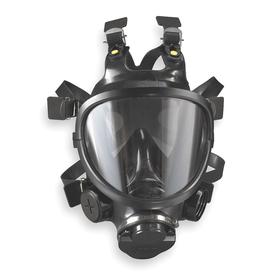CrazyDaisy71
Well-Known Member
I've had this question for a Long time... Its the question of:
 Asbestos in the headliner. White Crysotile Asbestos in appearance looks like fiberglass. As seen here: it appears to look like a fiberglass type material in the headliner of my 71 Satellite. It is Also the same in my 70 GTX and in the 71 Charger of my dads ( in the 71 charger it is still rolled tight as it was released from the factory... ) Heres the kicker: the material looks different in the 70 Charger. The 70 Charger didn't have a vinyl roof. While im not sure if its Asbestos in the 70 charger or not because it appears to be some type of fibers there too and im not sure if mopars having vinyl roofs have anything to do with it, but... The other 3 Mopars Did receive vinyl roofs. The 2 Plymouths Both receiving Full vinyl roofs... This question has been on my mind for So Long and ive spoken over comment to 2 guys over the years in a youtube comment section who said they sent a partial to the lab and it came back negative and assured me that it Wasn't Asbestos. Im more nervous than a cat in a room full of rocking chairs over this situation... Any Advice and thoughts about this Mopar Members? Thank You!
Asbestos in the headliner. White Crysotile Asbestos in appearance looks like fiberglass. As seen here: it appears to look like a fiberglass type material in the headliner of my 71 Satellite. It is Also the same in my 70 GTX and in the 71 Charger of my dads ( in the 71 charger it is still rolled tight as it was released from the factory... ) Heres the kicker: the material looks different in the 70 Charger. The 70 Charger didn't have a vinyl roof. While im not sure if its Asbestos in the 70 charger or not because it appears to be some type of fibers there too and im not sure if mopars having vinyl roofs have anything to do with it, but... The other 3 Mopars Did receive vinyl roofs. The 2 Plymouths Both receiving Full vinyl roofs... This question has been on my mind for So Long and ive spoken over comment to 2 guys over the years in a youtube comment section who said they sent a partial to the lab and it came back negative and assured me that it Wasn't Asbestos. Im more nervous than a cat in a room full of rocking chairs over this situation... Any Advice and thoughts about this Mopar Members? Thank You!
















